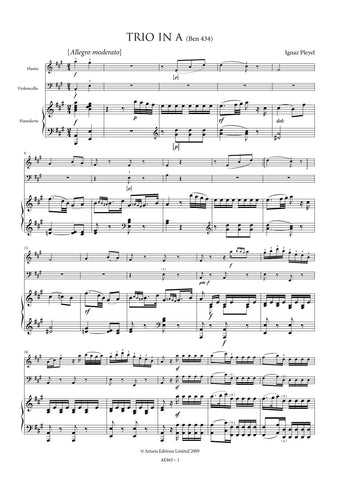Pleyel, Ignaz: Cello Concerto in C major (Benton 104) [Study Edition] (AE301/SE) – sheet music
Previous Product Next Product
Description |
Pleyel, Ignaz (1757-1831)
|
||||||||||||||||||||||
Details |
The present work probably dates from around 1788-89 and was doubtless written in Strasbourg for one of Pleyel's celebrated public concerts. The earliest source for the work appears to be Andr's print of 1789 in which the work is described as: ' CONCERTO 1r / a / Violoncelle principale '. It was issued the following month in Vienna by Artaria - the edition upon which this score is based - with the title page CONCERTO / per / Violoncello principale / del Sigr / IGN: PLEYEL / N.1 / in Vienna presso Artaria Comp. / 252.319.816 fl.2.30xr . The concerto was also published - or exists in MS arrangements - for viola, fortepiano, clarinet, oboe, and bassoon. On the basis of the evidence it appears as if Benton 104 were concieved originally for violoncello. The Artaria print preserved in the Gesellschaft der Musikfreunde in Wien (IX.175/a) is lacking oboe I for the first movement. The parts give the appearance of having been accurately engraved although there are a number of serious slips with additional bars in some parts, missing bars in other parts, and the usual rash of common errors and inconsistencies. The notation of articulation and dynamic markings has been standardised throughout, and, where missing, markings have been reconstructed from parallel passages. These are indicated by the use of dotted slurs or brackets where appropriate. Like most eighteenth-century sources, the print is inconsistent at times in its notation of appoggiature ; these have also been standardised to minimise confusion. Obvious wrong notes have been silently corrected; otherwise, any editorial emendation with no authority from the source is placed within brackets. Allan Badley |




![Pleyel, Ignaz: Cello Concerto in C major (Benton 104) [Study Edition] (AE301/SE)](http://www.artaria.com/cdn/shop/products/AE301_SE_Score_1stpage_1_grande.jpg?v=1571438516)
![Pleyel, Ignaz: Cello Concerto in C major (Benton 104) [Study Edition] (AE301/SE)](http://www.artaria.com/cdn/shop/products/AE301_SE_Score_1stpage_1_compact.jpg?v=1571438516)
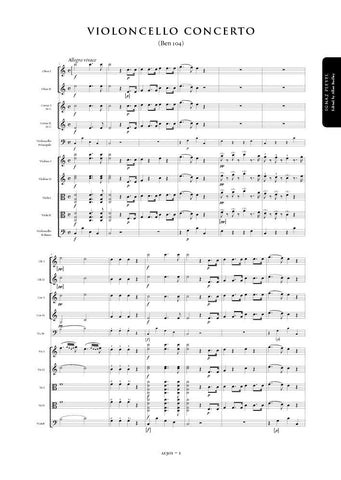

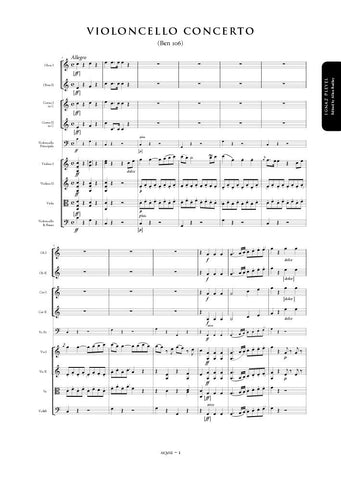
![Pleyel, Ignaz: Cello Concerto in C major (Benton 106) [Study Edition] (AE302/SE)](http://www.artaria.com/cdn/shop/products/AE302_SE_Score_1stpage_1_large.jpg?v=1571438516)
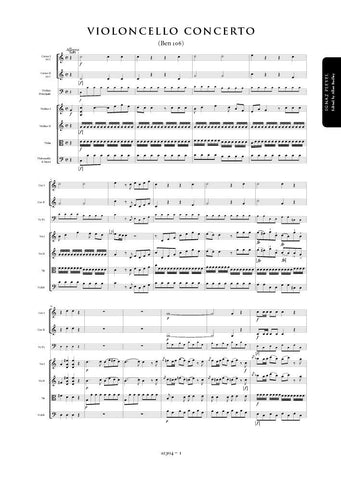
![Pleyel, Ignaz: Cello Concerto in C major (Benton 108) [Study Edition] (AE304/SE)](http://www.artaria.com/cdn/shop/products/AE304_SE_Score_1stpage_1_large.jpg?v=1571438515)
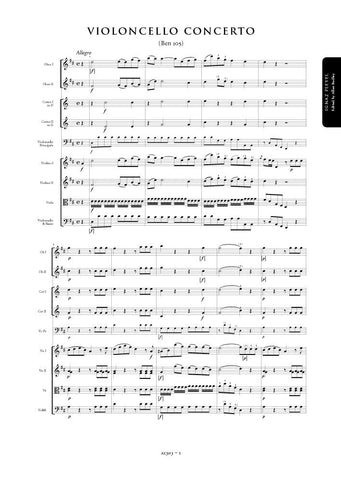
![Pleyel, Ignaz: Cello Concerto in D major (Benton 105) [Study Edition] (AE303/SE)](http://www.artaria.com/cdn/shop/products/AE303_SE_Score_A4_1_large.jpg?v=1571438516)
